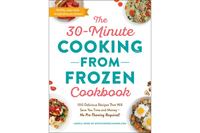Are frozen foods healthy? Yes, and here are some of the healthiest choices
Fill your freezer with the right foods and you'll not only save money and time, you'll eat more nutritious meals too
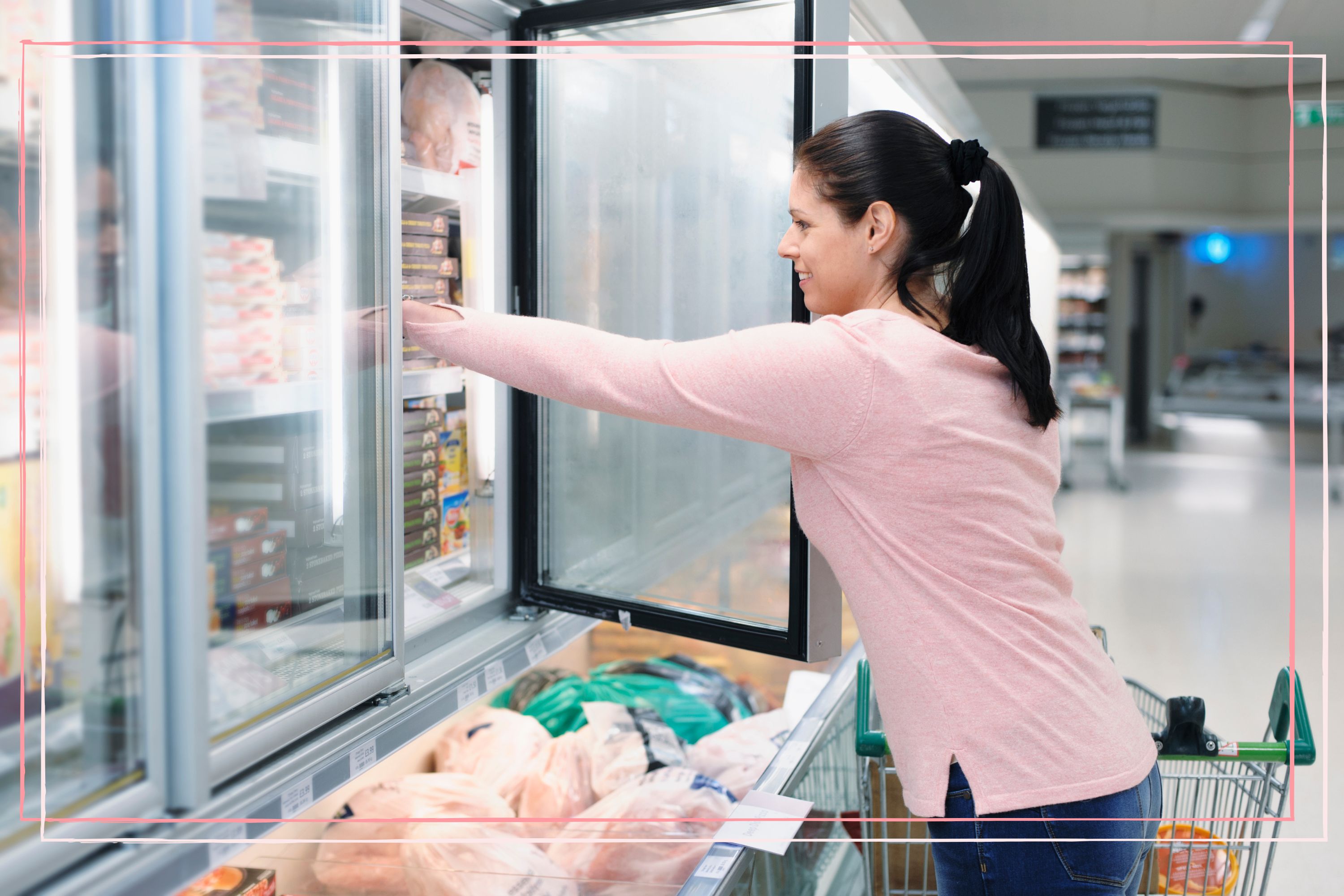

"Are frozen foods healthy?" is a question that may have crossed your mind while scouring the freezer aisles for a bargain. Well, they can be. Frozen foods both cut costs and, if chosen wisely, help you achieve a healthier, more balanced diet.
Adding more healthy frozen products to your weekly shopping list could prove to be a great money-saver Your at-home freezer offers several ways to eliminate unnecessary food waste and be kinder to the planet. Before fresh fruit and vegetables spoil, prep and freeze them, ready to toss in a stir-fry. There are probably lots of foods you didn’t know you could freeze, from avocados to pesto. Plus most leftovers can be portioned into freezer meals and defrosted on demand.
And most supermarkets now stock a diverse selection of healthy frozen foods.
Libby Linford, registered nutritionist and functional medicine practitioner, says: “In some cases, the variety of frozen produce surpasses what’s available fresh.” This is often the case when it comes to exotic fruits like açai berries.
Are frozen foods healthy?
Foods do not become unhealthy or healthy just because they are frozen. As a general rule – valid both for both fresh and frozen categories – a healthy diet includes few or no processed products, such as ready meals, and lots of wholefoods such as fruit, vegetables, wholegrains, beans, pulses, nuts and seeds, fish and meat.
Jenna Hope, registered nutritionist, says: “Typically high in salt, saturated fat and artificial ingredients, pre-made oven foods such as fish fingers, chicken nuggets and burgers should be limited in the diet.”
Likewise for frozen desserts, which are high in sugar. In fact only 6% of chilled and frozen ready meals were traffic light labelled ‘green’ for all four of the front of pack nutrients (sugar, salt, fat and saturated fat) in a study published in the Proceedings of the Nutrition Society journal. Meals that claim to be part of a ‘luxury’ range reported the highest values. Make sure to carefully check nutrition labels before you buy. For example, watch out for frozen fruit marketed as ‘smoothie mix’, which can contain added sugar.
On the other hand, if you fill your freezer with a variety of frozen fruit and vegetables, you may have a more nutrient-dense diet, as you have created a ready supply of healthy ingredients to add to smoothies and other recipes. People who eat more than 30 different plant foods each week have a more diverse microbiome, according to research by the American Gut Project. Frozen produce will help you meet this target with minimal cost and maximum convenience.
GoodtoKnow Newsletter
Parenting advice, hot topics, best buys and family finance tips delivered straight to your inbox.
What are the healthiest frozen foods?
- Blueberries
- Strawberries
- Raspberries
- Spinach
- Green beans
- Peas
- Sweetcorn
- Broccoli
- Avocado
- Cauliflower
- Edamame
- Salmon
- Mackerel
- Trout
- Chicken
- Turkey
Nutritionist Libby Linford adds: “Remember that the quality of frozen foods varies hugely, as does fresh. Opt for organic, free-range and wild-caught frozen produce where available.” Fortunately choosing frozen versions often cushions the cost of going organic.
Does freezing food change its nutritional value?
The duration a food is frozen often affects taste and texture more than nutritional content, which is generally not significantly altered by the process. While calorie and macronutrient numbers won't change, there are some vitamins that are present in higher levels in frozen foods compared to their fresh counterparts, especially if the latter is eaten after a period of refrigeration.
Freezing food can protect certain nutrients. Nutritionist Jenna Hope says: “Vitamin C concentrations in fresh produce, such as peas and spinach, reduces over time due to oxidation. However, when fruits and vegetables are frozen they’re flash frozen at the time of picking, which means the Vitamin C is locked in. As a result, some frozen fruit and vegetables can contain more Vitamin C than their fresh counterparts.”
This is supported by a study that compared the levels of three key nutrients in fridge-stored fresh produce vs frozen foods. Broccoli, cauliflower, sweetcorn, green beans, green peas, spinach, blueberries and strawberries were all tested, and the scientists concluded that frozen produce outperformed the ‘fresh-stored’ category more often than not. This is because 'fresh’ foods have often travelled for days before they arrive in the supermarket, not to mention how long they spend in your fridge. During this time their nutritional value may be slowly decreasing.
On the other hand, some frozen fruit and vegetables may have a slightly lower nutritional content. One notable example of a nutrient that does not freeze well is beta-carotene. In a Journal of Agricultural and Food Chemistry study, levels of this polyphenol, found in carrots, decreased drastically in frozen products.
Of course there are many other polyphenols and plant chemicals that have not been tested yet. More research is required to understand whether certain fruit or vegetables are better bought fresh or frozen.
How long can food be frozen?
How long food can be frozen depends on the type of food. Check the instructions printed on packaging for specific limits. Theoretically foods kept constantly below 0 degrees can be frozen safely for years; guidelines exist to ensure they are eaten before they decline in quality.
Nutritionist Libby Linford says: “Always check packet instructions to ensure that foods are suitable for freezing, and the suggested maximum freezing period.” Even if you package food tightly before you pack it in your freezer, air will get in and moisture will be released, leaving foods unappetising when defrosted. Use this cold food storage chart if you’re unsure.
Freezing food does not kill most germs and bacteria, it just forces them to hibernate, so you should still ensure that frozen meat and fish is properly heated before you eat it. Nutritionist Libby Linford adds: “If you defrost food, you should never refreeze it unless you have cooked the food first.”
Healthy recipes made from frozen foods
Excerpted from The 30-Minute Cooking From Frozen Cookbook by Carole Jones (Copyright © 2020 by Simon & Schuster, Inc), give these recipes a go and see how frozen foods can help you lead a healthier lifestyle.
The 30-Minute Cooking from Frozen Cookbook: 100 Delicious Recipes That Will Save You Time and Money-No Pre-Thawing Required! by Carole Jones £12.99 | Waterstones
Healthy frozen meals: Breakfast
Tropical Mango Green Smoothie
226 cals | serves 1
1. In a blender, add 125ml of unsweetened coconut almond milk, 125ml of frozen chopped spinach, and one medium seedless orange, peeled and sectioned. Process on high until smooth.
2. With the blender running on high, add 125ml of frozen sliced peaches, 125ml of frozen chopped mango and 125ml of frozen chopped pineapple, one at a time. Blend until smooth. Serve immediately.
Healthy frozen meals: Lunch
Parmesan Panko-Crusted Cod
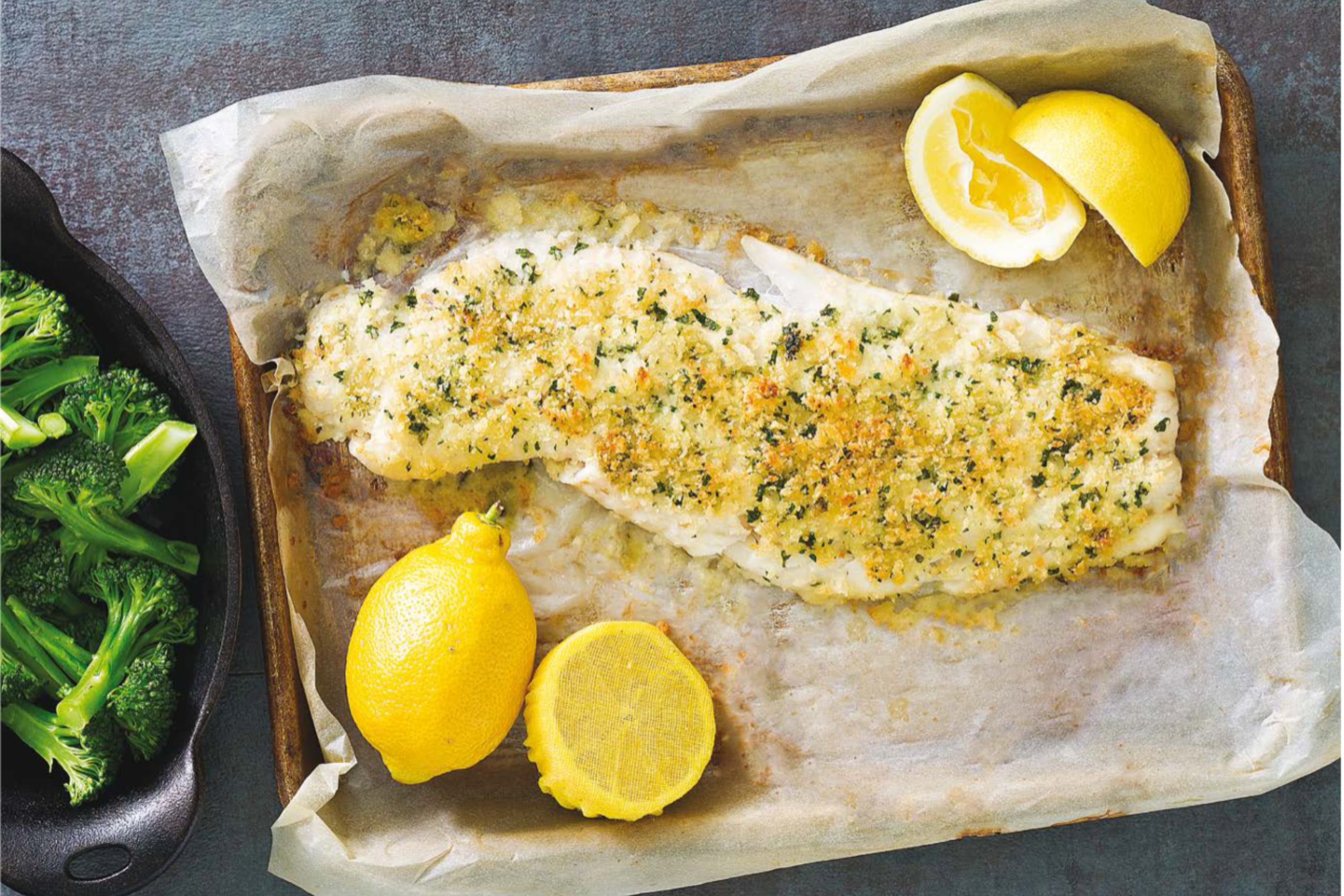
261 cals | serves 6
1. Preheat oven to 230C. Lightly grease a large baking sheet with non-stick spray.
2. Remove about 900g frozen wild-caught Alaskan cod fillets from wrappers and rinse each piece in cold water for 30 seconds to remove any ice or frost on the surface. Pat dry with paper towels and lay on baking sheet. (Fish will still be frozen.) Season both sides of the fish with one teaspoon salt and 1⁄2 teaspoon pepper.
3. In a small microwave-safe bowl, combine three tablespoons of salted butter and two cubes of frozen crushed garlic, then microwave on high for 30 seconds until butter melts. Add three tablespoons of chopped fresh flat-leaf parsley, 125ml freshly grated Parmesan cheese, 250ml of bread crumbs, zest of one medium lemon, 1⁄8 teaspoon salt, and 1⁄4 teaspoon pepper. Divide topping among the fillets, pressing down gently so it sticks. Bake until fish is mostly opaque, about 15–17 minutes. Serve immediately with a small squeeze of lemon juice over the top of each piece.
Healthy frozen meals: Dinner
Tuna Veggie Mac and Cheese
584 cals | serves 6
1. In a large pot, bring two litres of water to a boil. Add one teaspoon salt and 225g of uncooked penne pasta. Cook for 10 minutes, drain, and return to pot.
2. Cook 680g frozen cauliflower and 340g of frozen broccoli in the microwave according to package directions. Drain any water from the bags and add vegetables to the penne.
3. Heat a large skillet over high heat. When hot, add three teaspoons of salted butter, 375ml of frozen chopped onions, and four cubes of frozen, crushed garlic. Sauté until onions soften, about three minutes. Add three tablespoons of all-purpose flour, mix well, and cook for one minute before adding 625ml of milk, 60ml of cream, 1 1⁄2 teaspoons salt, and 3⁄4 teaspoon of ground black pepper. Whisk well to combine flour with milk. Bring to a boil and allow sauce to thicken, about 3–5 minutes, before adding 500ml of shredded sharp Cheddar cheese and 175ml of freshly grated Parmesan cheese. Mix and allow cheeses to melt.
4. Pour cheese sauce over pasta and add one tin of tuna. Toss to combine, and serve.
Healthy frozen meals: Snacks
Italian Prosciutto and Cantaloupe Flatbread
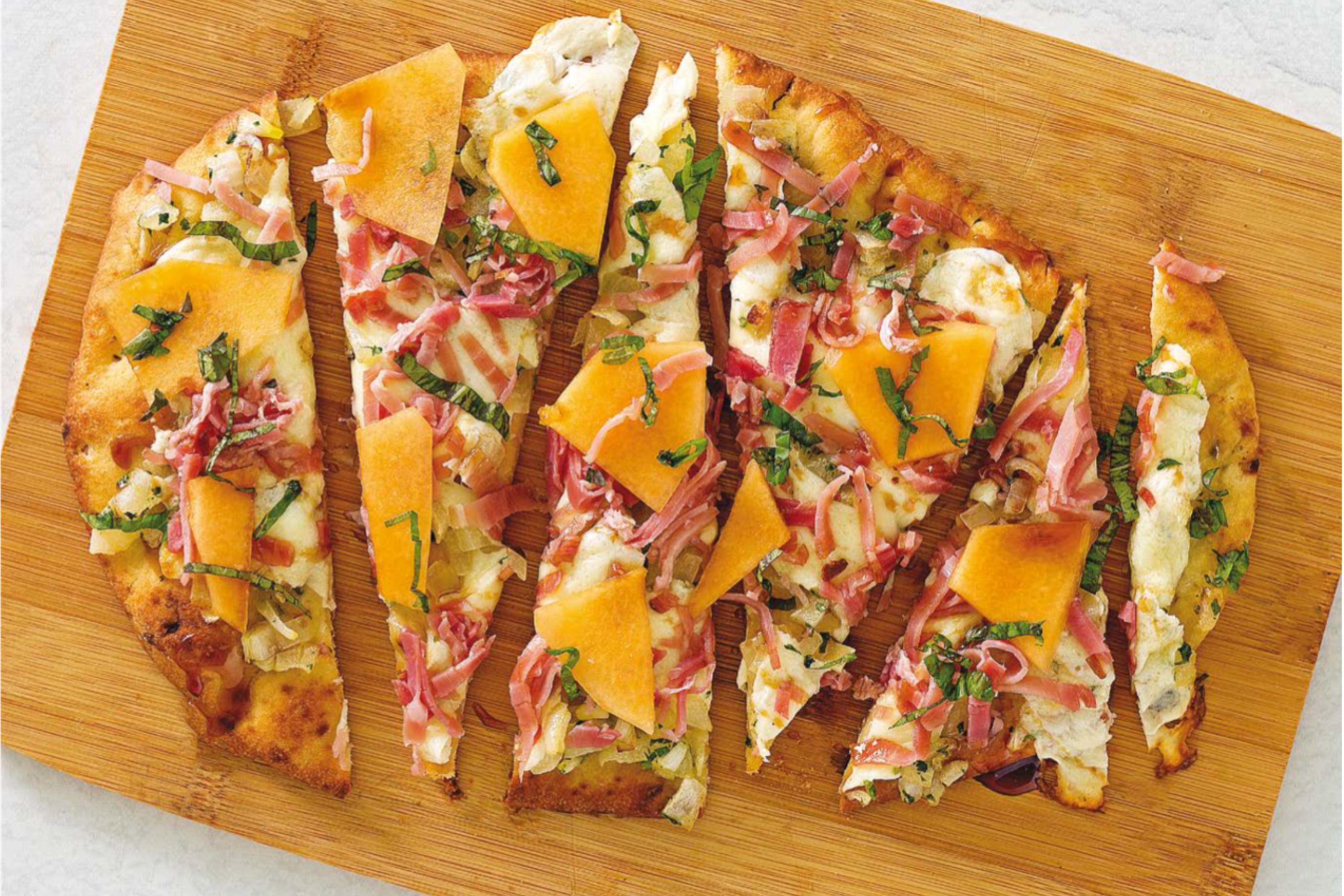
285 cals | serves 4
1. Preheat oven to 205C. Place two, 8-inch naan flatbreads on rimmed baking sheet.
2. Heat a large skillet over high heat. When hot, add one tablespoon of extra-virgin olive oil, 375ml of frozen chopped onions, 1⁄2 teaspoon of salt, and 1⁄4 teaspoon of ground black pepper. Cook until onions soften, about 3 minutes, then add two cubes of frozen crushed garlic. Continue to cook until onions are browned, about 3–4 minutes. Turn off heat and add two cubes of frozen chopped basil (one cube = approximately one teaspoon of fresh chopped basil). Mix to incorporate basil into onions, then spread onto flatbreads.
3. Top flatbreads with 125ml of freshly grated Parmesan cheese and 115g of mozzarella. Bake for five minutes. Remove and add 85g sliced prosciutto and 125ml of very thinly sliced cantaloupe melon; drizzle on two tablespoons of balsamic glaze. Serve immediately.
Can you live off frozen food?
Frozen wholefoods support a healthy diet but should not totally replace fresh foods. Not all foods required for a balanced diet can be frozen, therefore you cannot get all the nutrients you need from frozen food alone.
Nutritionist Libby Linford says: “I recommend a balance between cooked and raw veg intake and you certainly can’t eat raw foods such as salads if you only rely on frozen foods. Pulses also don’t freeze well unless pre-cooked, so incorporating vegetarian sources of proteins into your diet will be tricky if you only eat frozen foods.”
A plant-based diet has been linked to a lower risk of heart failure in several studies. Take a trip down the canned food aisle to stock up on tins of chickpeas, beans and lentils – they won't break the bank either.
Video of the week
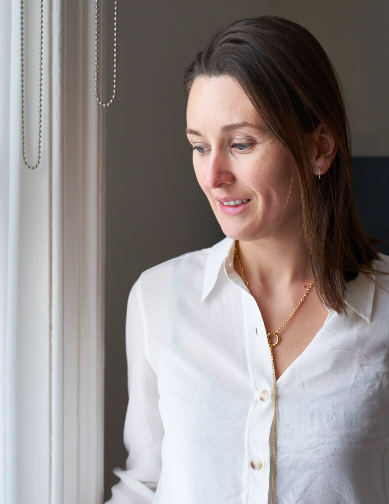
Libby Linford BSc Hons, Dip ION, BANT, CNHC is the founder of The Surrey Centre for Nutrition. Libby helps clients with autoimmunity or chronic unexplained illness to transform their lives by taking control of their health. Alongside a select team of practitioners each with their own skills and specialties, Libby will work with you on a one-to-one basis offering a truly personalised and evidence-based approach to your health.
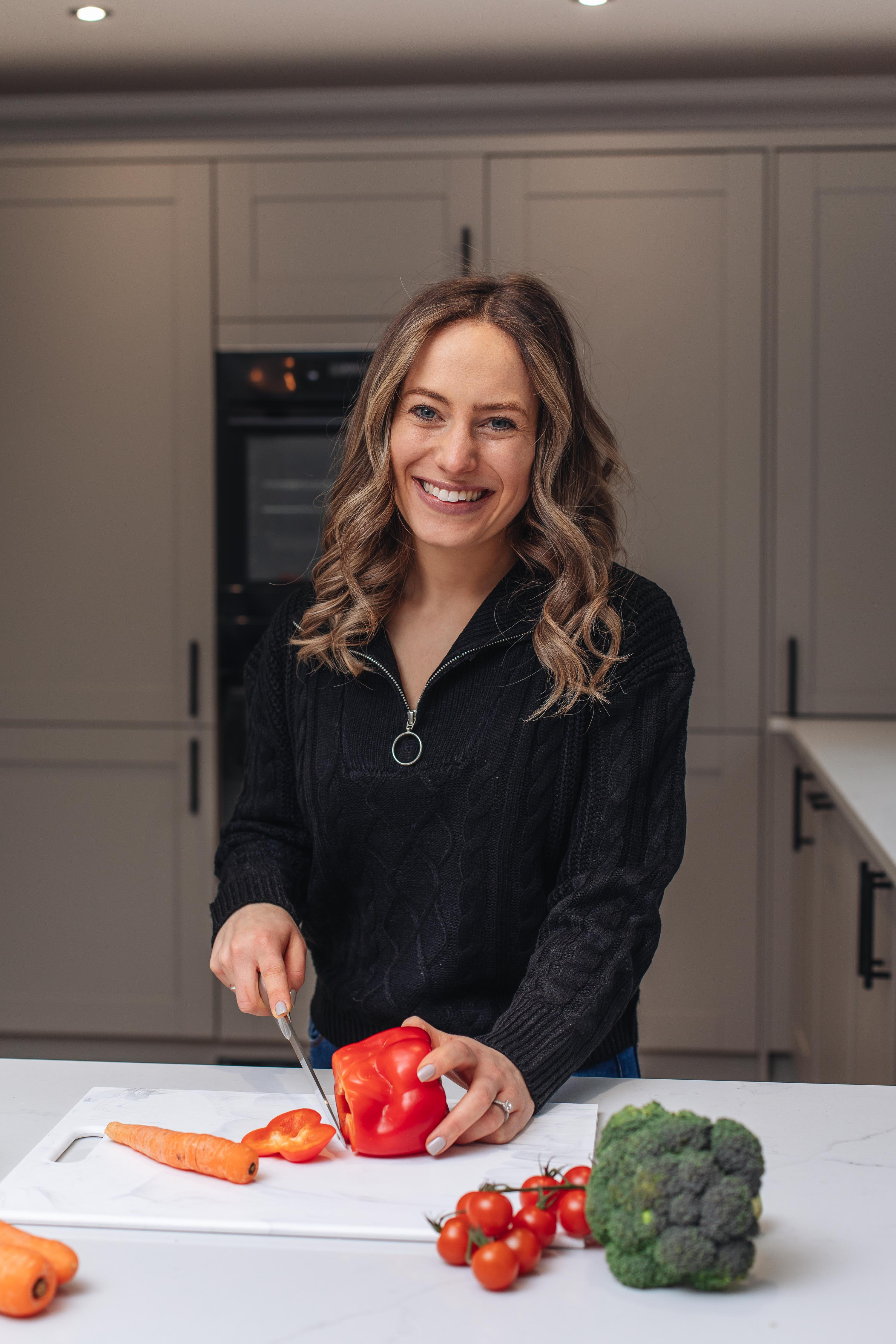
Registered nutritionist Jenna Hope has a first class undergraduate degree in Nutrition and Exercise and a masters degree in Human Nutrition. She works closely with individuals, the media, brands and companies – including ASOS, eBay, Phillips, David Lloyd and Accenture – to help them implement smarter nutrition strategies. With an undeniable passion about making nutrition clearer and simpler, she provides nutrition advice which you can implement every day. Jenna has a practical and non-restrictive approach to nutrition and it’s her mission to educate as many people as she can on the smart ways smart nutrition can change your life.

Jenny Rowe joined Future in January 2022 as Senior Health Writer on Woman&Home, Woman and Woman’s Own magazines. She graduated from Oxford University with a degree in English Literature in 2016. Since then she has worked within the editorial teams at Country & Town House and The Chelsea Magazine Company, alongside writing for The Independent, Breathe and Planet Mindful. She’s a keen cross-country runner and triathlete with a love of the great outdoors and a passion for the world of women's wellness.
